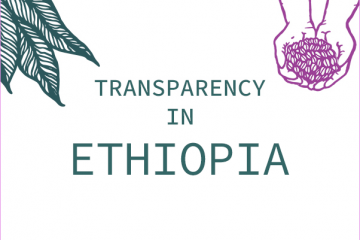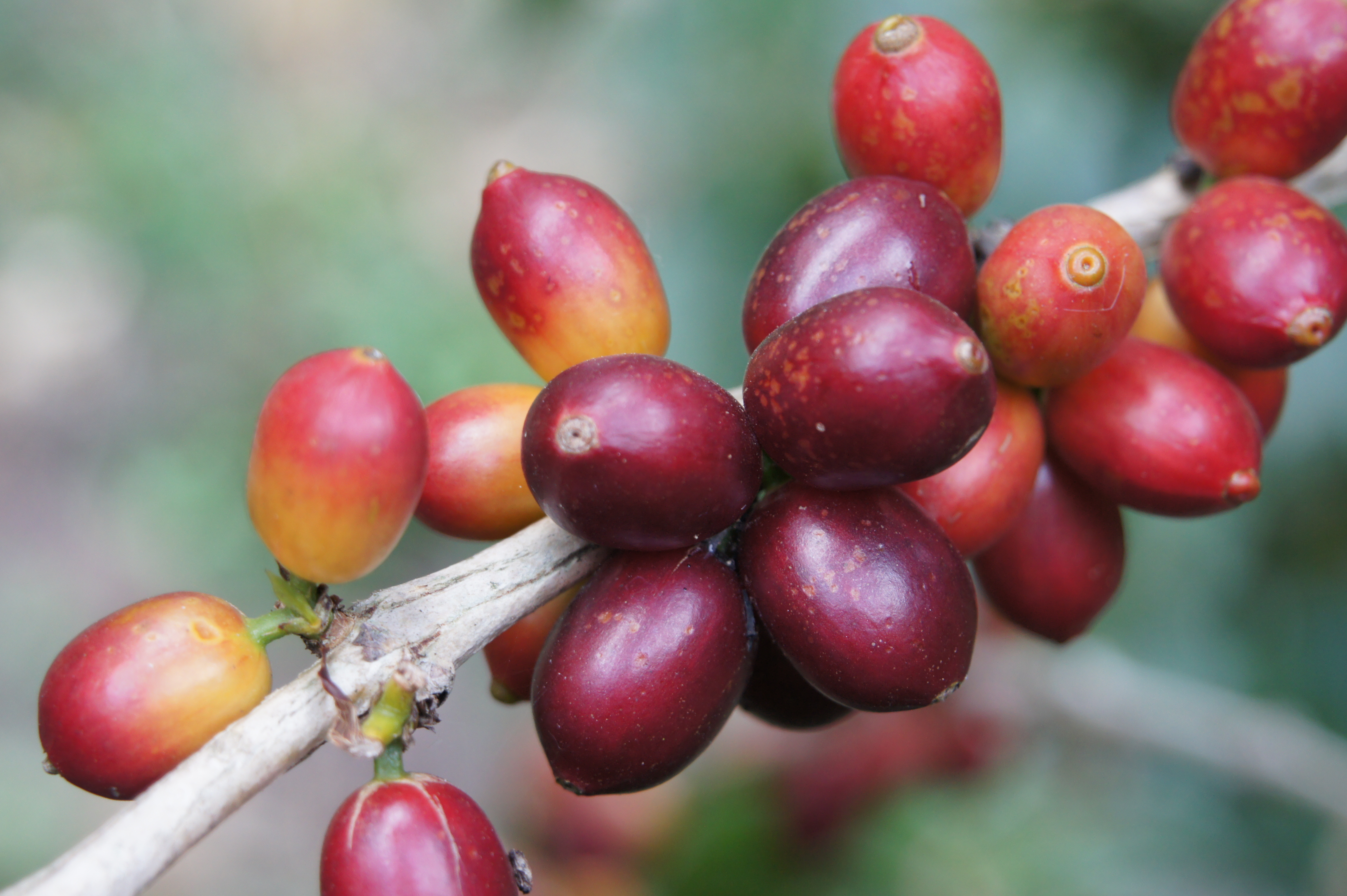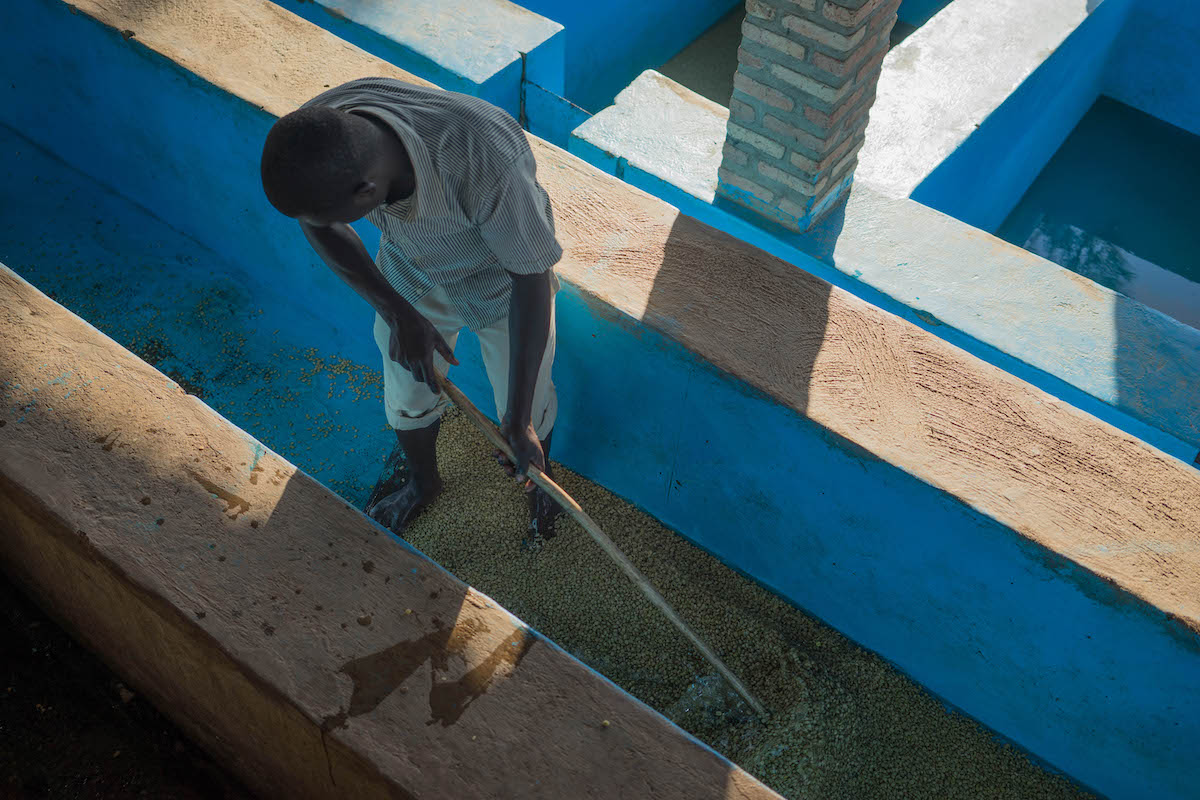Unlike their fellow roasters in Europe or North America, most of our customers in Asia or the Middle East face challenges in bringing the green coffee beans to their countries. Customs regulations change frequently, and there is an extra layer of bureaucracy with customs officials demanding to see different certifications. Sometimes it can be confusing, like walking through a maze
If this is the first time you import coffee to your country, we suggest you to get in touch with a local customs clearance agent who can help you navigate the various documents and certifications needed for importation. Some certifications are nice to have but not necessarily required, so why pay more for something that you do not have to provide?
HS Code is 090111 – Coffee, Not Roasted, Not Decaffeinated.
Here are some of the different certifications you might need.
Phytosanitary Certificate
Many misunderstand the name of this certificate and refer to it as a health certificate. Even though it contains the word “sanitary”, it doesn’t relate to the health conditions of human beings, but rather of plants.
Usually issued by a competent governmental authority (plant protection organisation) it indicates that consignments of plants, plant products or other regulated articles have been inspected and are considered to be free from the quarantine pests specified by the importing country. The original certificate costs US$ 185 and any annex costs US$ 50 per page. You will need an annex if you have more than 12 different coffees in your order.
Health Certificate
Different from the Phytosanitary Certificate, the Health Certificate is basically a declaration that the goods are fit for human consumption. The original certificate costs US$ 135 and any annex costs US$ 50 per page.
Here are a couple of examples:
Certificate of Origin
There are two different certificates of origin you can obtain. One is issued by the International Coffee Organization (ICO) and the other issued by the European Union.
The ICO certificate of origin is a document which shows a unique identification code (xxx – yyyy – zzzz) for coffee exports from producers in the originating countries to importers.
- The first group (xxx) identifies the country of origin e.g. 002 Brazil, 003 Colombia, 010 Ethiopia and so on.
- The second group (yyyy) identifies the exporter.
- The third group (zzzz) refers to specified lot.
There is only one original document, but you can get a free copy for the lot you buy from us, signed and stamped by Nordic Approach for your reference.
The EU certificate of origin is a document which identifies the origin of goods being exported and is normally issued by a Chamber of Commerce. The original certificate costs US$ 105.
Other certificates your country might require
Beside these common certificates, there are several other forms need to be filled in depending on destination country e.g. registration form for foreign food facility for Korean MFDS (Ministry of Food and Drug Safety), prior notice for Indonesian Agricultural Quarantine Agency and many more. Some countries may also require additional labels in the local language to be attached on the original packaging.
Sounds complicated? Don’t worry! Your sales rep can help you.
If you’re in Africa, the Middle East, Asia, Australia, or New Zealand, you can contact me
Jenny <3



0 Comments